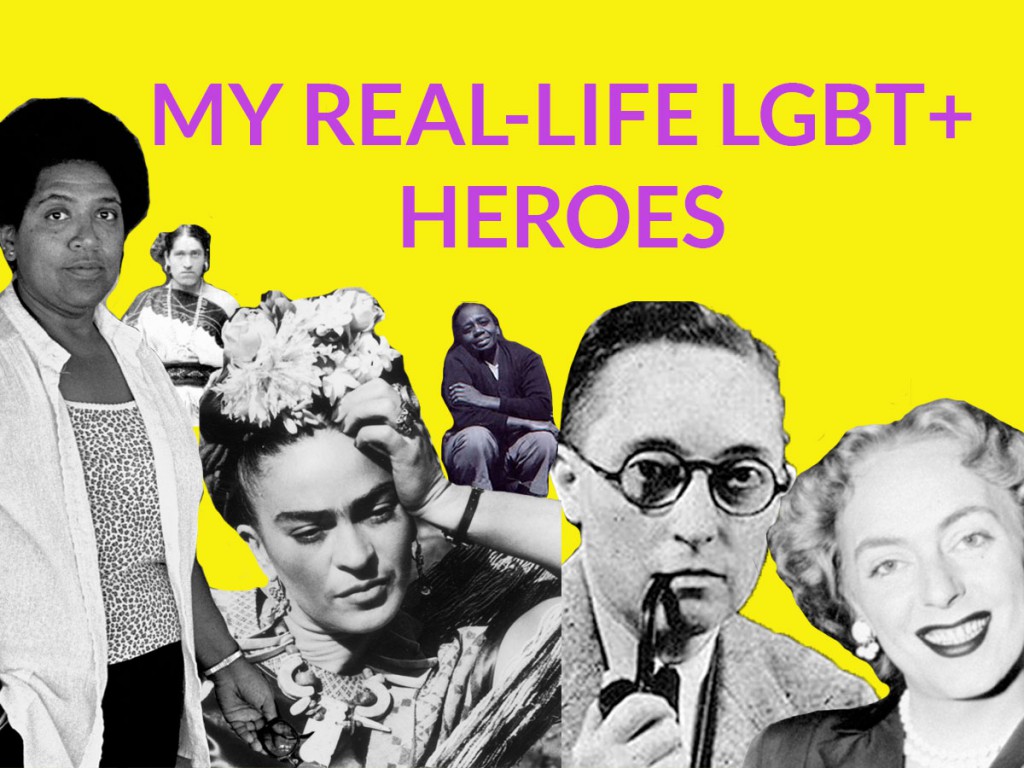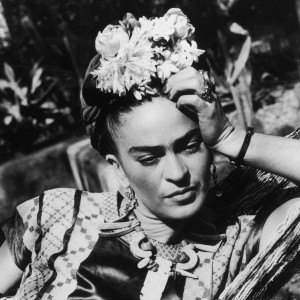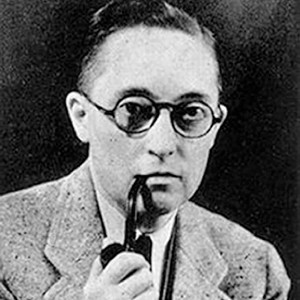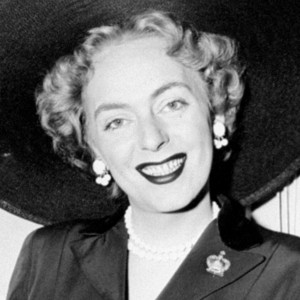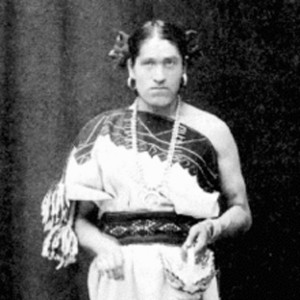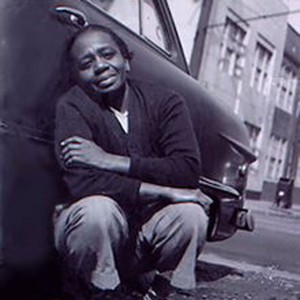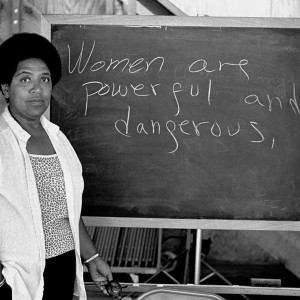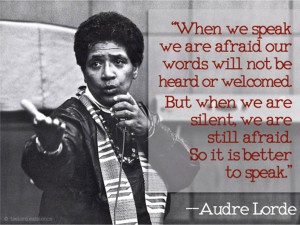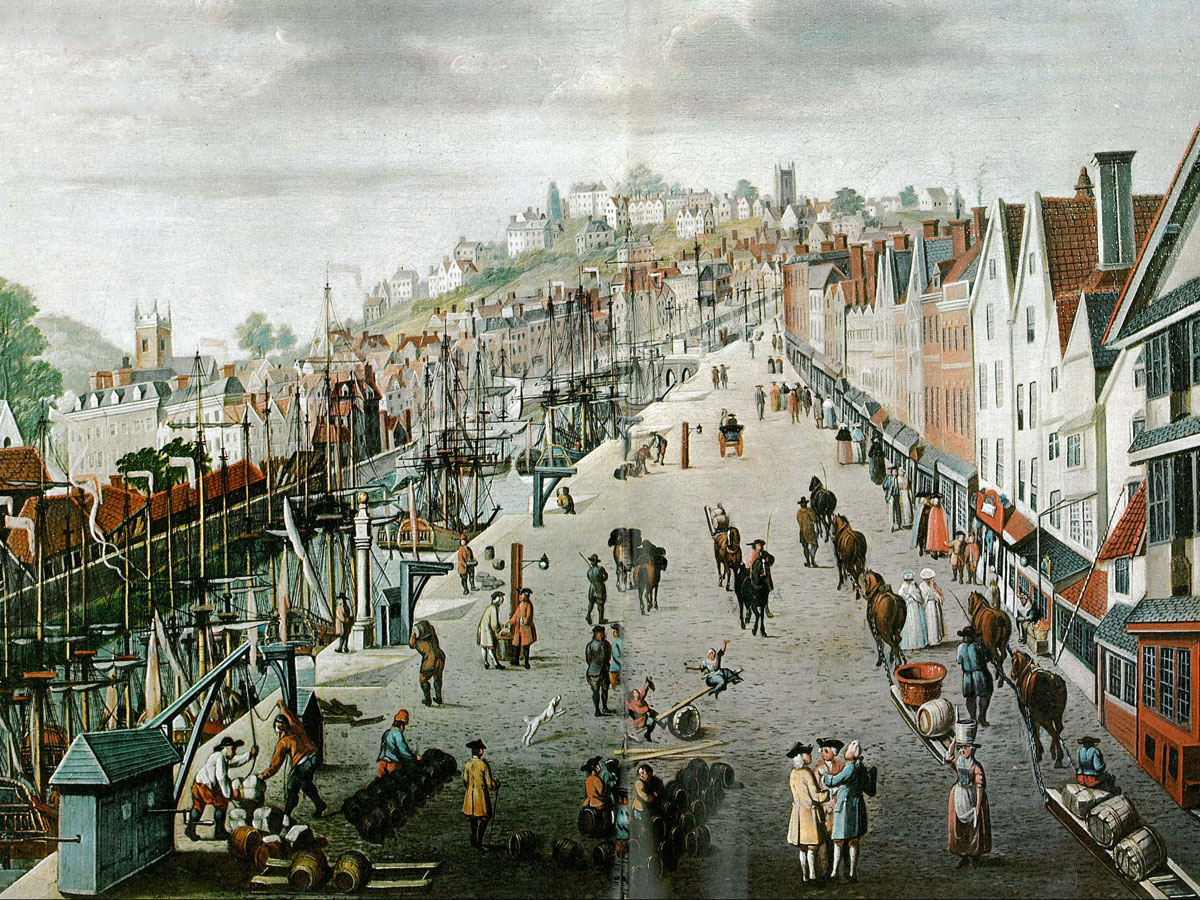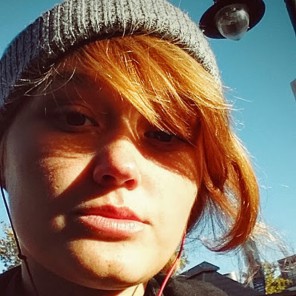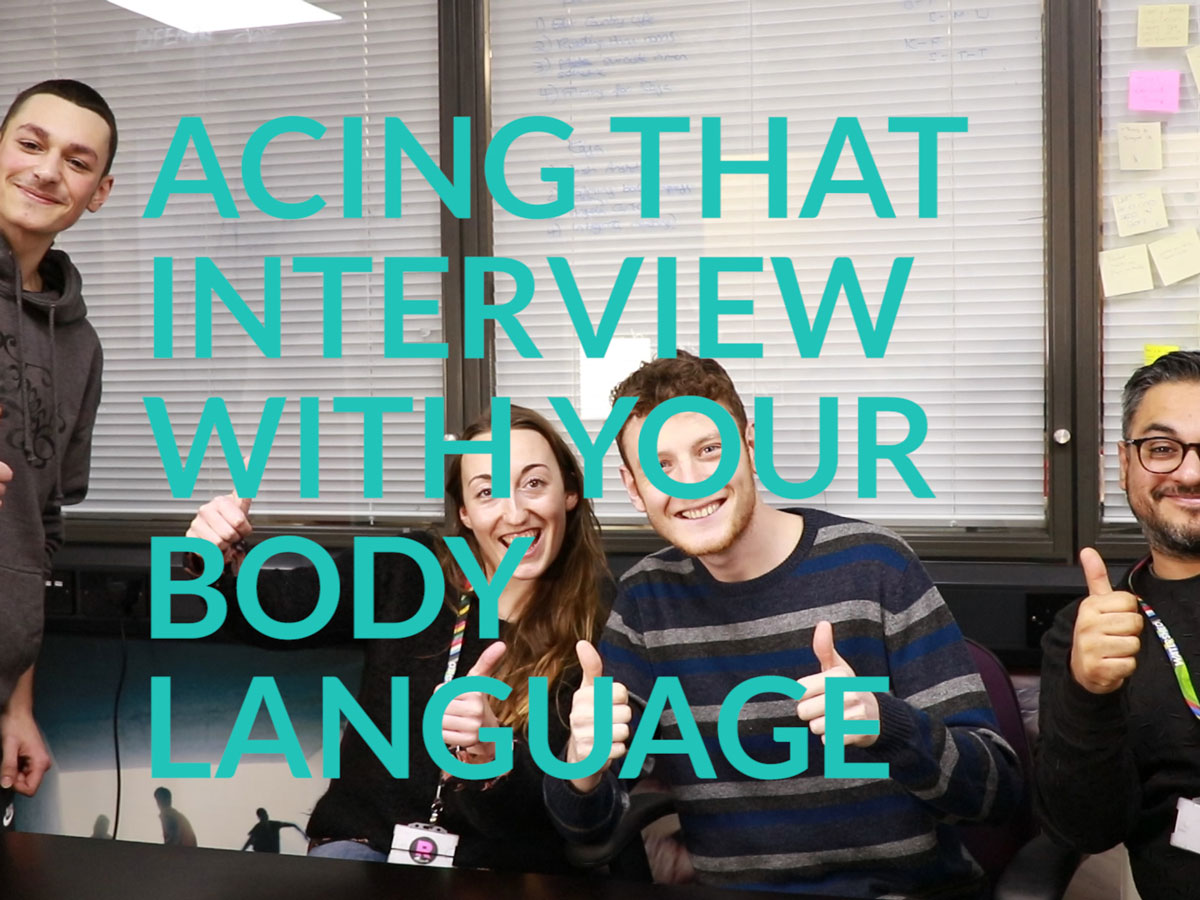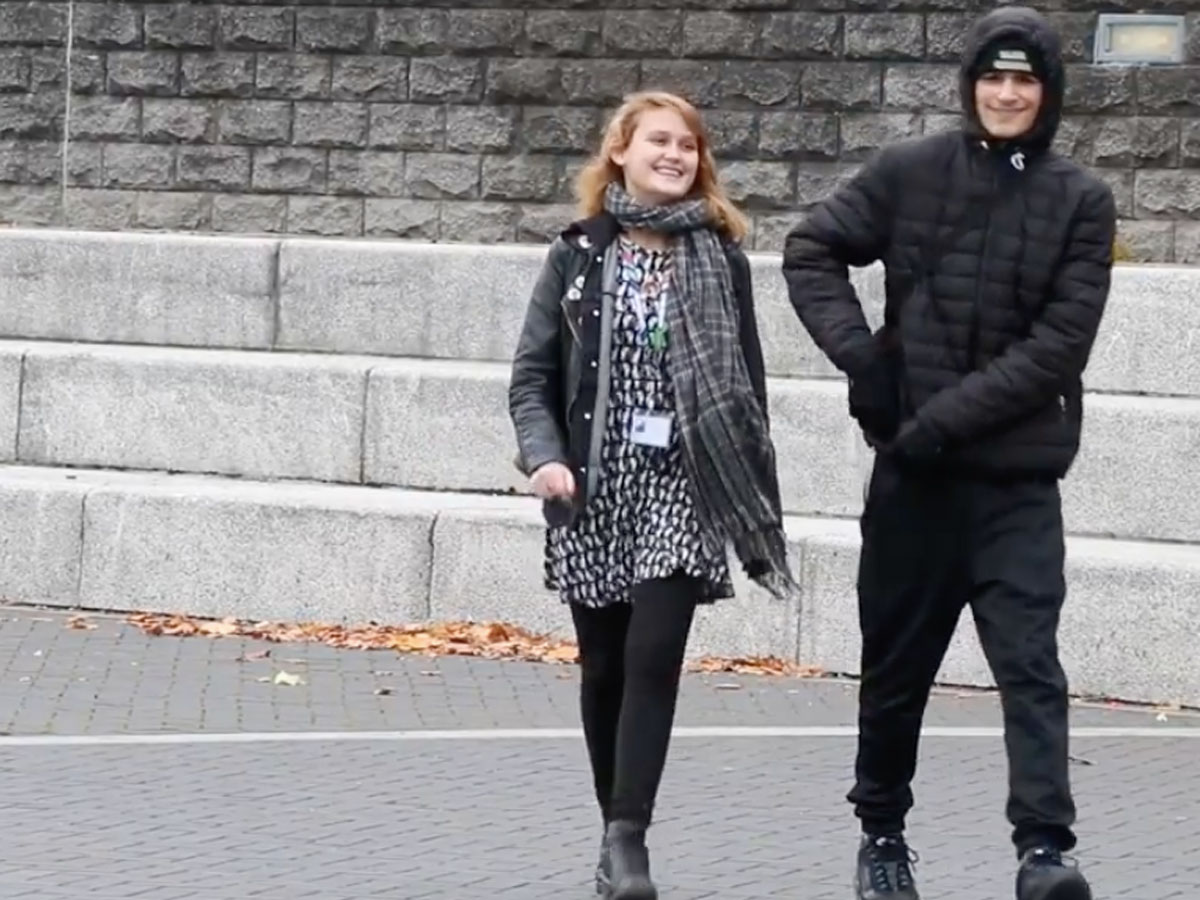My Real-Life LGBT+ Heroes
History is filled with LGBT+ heroes who aren’t often talked about, so Kaja is taking a look at their amazing lives, and how we’re not alone.
Feeling like we’re the only ones, like there were none before us.
Previously, I’ve looked at my favourite fictional heroes for LGBT+ History Month, but what about some non-fictional heroes? In school, our history or citizenship classes never mentioned any LGBT+ historical figures, which made it seem like there were none. It felt like, for the whole of history before us, there were no remarkable people who were visibly LGBT+. Of course, this is partly because it had been illegal to be LGBT+ until very recently, so it would be hard for heroes to be visible in the past, yet I thought there must be some, or those who were later discovered to not be as straight or cis as people thought. But according to my classes, everyone worth noting was cis-gender and straight. Honestly, that felt a bit lonely. That we are the first generation to have LGBT+ people out and about doing great things. Feeling like we’re the only ones, like there were none before us.
I could imagine my ancestors being saga-writing Vikings, or Roman philosophers, but I couldn’t imagine them being LGBT+, or relating to me in this way which is a really important part of my life. Then, recently, I found out my great-great uncle was gay. He was a prominent butler in a mansion house, and he had a long-lasting male lover who we was quite open about seeing, to the family at least. This got me thinking…. there must be people out there. Historical figures, our ancestors, the people who paved the way to the society we live in now, who did great things whilst being proudly LGBT+. There must be some people who were honest about who they were, so people like us could look back on them and feel inspired. Thus, I have set out on a search to find them. Here is who I found.
Frida Kahlo is an amazing artist, and definitely worth noting. She was born in 1907 in Mexico, and died in 1954. Frida was a bisexual painter who created many wonderful and intriguing works of art in her life, exploring identity, Mexican culture, appearance, existence, reality, masculinity, femininity, the body and more. When she was a young woman she suffered from a terrible bus injury which almost killed her, left her bedridden for months and meant she spent the rest of her life living with a lot of pain and health problems. Instead of letting her injuries limit her though, she spent her months in bed painting self-portraits from a mirror placed in front of her. She took out her thoughts and feelings on her art, turning her frustrations into something positive. She’s probably most famous for depicting herself in self-portraits with a mono-brow and a bit of a moustache; challenging, in this way, the expectations of women’s beauty versus the reality and how proud you should be of your natural appearance. She had relationships with both men and women, and she is a great example of what it means to be strong.
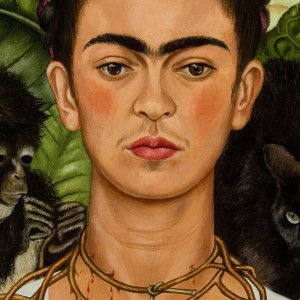
‘At the end of the day, we can endure much more than we think we can.’ – Frida Kahlo.
I enjoyed reading about Alan L Hart because his story is so inspirational. Hart was born in October, 1890, as biologically female, and he is amazing for a number of reasons including being the first documented transgender male to transition in America, and also a doctor whose work in Tuberculosis saved thousands of lives.
Despite being forced to present as female during his school years, when Hart reached adulthood he sought counselling and went through radical surgery to live as a man. In an interview with a local paper, Hart stated that he was ‘happier since I made this change than I ever have in my life, and I will continue this way as long as I live[…] I have never concealed anything regarding my [change] to men’s clothing[…] I came home to show my friends that I am ashamed of nothing.’
Hart then dedicated his life to doing research into tuberculosis and helping those affected by it. Hart came up with the idea to use X Rays to screen for TB, which meant the disease could be caught in the early stages. Because of the work Hart did for tuberculosis, the death toll for it was cut down to one fiftieth by the 1940’s.
Now, I’m surprised there hasn’t been a movie or documentary dedicated to his journey by now. Not only was he amazing in determinedly transitioning as male in a time when being transgender was barely understood, but he also spent his life doing wonderful, kind and life-saving deeds for others. Wonderful.
What amazed me about Christine Jorgensen was her openness, and you’ll see why….
Christine Jorgensen, born in America 1926, was a World War II veteran, the first American transgender woman to become widely known for having sex reassignment surgery, a singer, and someone who was very vocal about what transgender was, which challenged society’s views on gender. After her gender-reassignment surgery, in the early 1950s, the New York Daily News ran a front-page story about her transition, and after authorising another article written about her, called, ‘The Story of My Life’, she became an instant celebrity. She used her status to advocate transgender people, and was open talking about this on radio shows, despite all the stigma and jokes made at her expense.
She influenced others in the trans* community to alter their sex on birth certificates and change their names. She also changed people’s attitudes about gender, which had always been considered to be a set binary; that if you were assigned male/ female then that was what you were. Christine famously said in the year of her death, that she’d given the sexual revolution a ‘good kick in the pants’. And it seems she really did.
If anyone ever tells you that the idea of non-binary genders of being gender-queer is a new concept, or only around in our society, then you tell them about the Two-Spirit people from Native American tribes. The idea of gender fluidity has been around with them for a long time, and We’wha is an amazing example of this culture.
We’wha was born in 1894, in New Mexico and was a Zuni Native American. They were the most famous ‘Lhamana’ known, the term being used for a Zuni gender role which is nowadays described as ‘Two-Spirit’. ‘Lhamana’s’ were people assigned male at birth who performed the tasks of, and dressed as, both female and male. They often took part in meditation, crafts, and the instruction of others when wisdom was needed. We’wha learnt English and made friends with some of the missionaries and anthropologists that came to their tribe, and then went on with one anthropologist they met, Matilda Stevenson, to tour America. We’wha became famous, and even met the president along their way. We’wha eventually became a potter, making religious pottery with their tribe’s proper spiritual rights, which was housed in the National Museum of Washington DC. We’wha was described as ‘the strongest character and the most intelligent of the Zuni tribe’ and they really do sound like an amazing person.
Ruth Ellis was a black LGBT rights activist who is known for being the oldest surviving out-and-proud lesbian, who lived to the age of 100 years old. She came out as a lesbian in 1915, and in 1937 she became the first American woman to own a printing business in Michigan. She made a living this way out of her house which was also known in the African American community as the ‘gay spot’. She was also known for hosting gay and lesbian parties, and used her house as a place of refuge for African American gays and lesbians too. All her life Ellis was an advocate for LGBT+ and black rights, and she died in the year 2000.
Audre Lorde, born in 1934, was a brilliant black writer, feminist and civil rights activist who wrote political poetry on social injustice and black female identity. She described herself as a ‘lesbian, mother, warrior, poet’. Here is a wonderful quote by her which helps you see how amazing she was:
‘Those of us who stand outside the circle of this society’s definition of acceptable women; those of us who have been forged in the crucibles of difference — those of us who are poor, who are lesbians, who are Black, who are older — know that survival is not an academic skill. It is learning how to take our differences and make them strengths.’
Women who met Lorde said they wanted to write because of her. Lorde encouraged others to use their words instead of violence when fighting social issues, saying that language itself is a powerful form of resistance, which I think is a very powerful statement.
If you’d like to read some of Audre Lorde’s poems, you can find them here
There you have it, six amazing historical heroes who really did exist and were proud of who they were, despite the attitudes of the times they lived in. It was really humbling learning about them, because I don’t know about you, but it made me feel less alone. There have been lesbian, gay, bisexual, transgender, gender-queer and more people living throughout history and doing great things. We’re not the only ones, we’re not alone, and it could be our very ancestors who were just like us. Let’s try and make them proud by being proud of who we are. Lets do this for them.
Want a safe space to talk about LGBT+ issues? Why not try Freedom Youth
Who are your historical heroes? And what do they mean to you? Tell us in the comments below.

